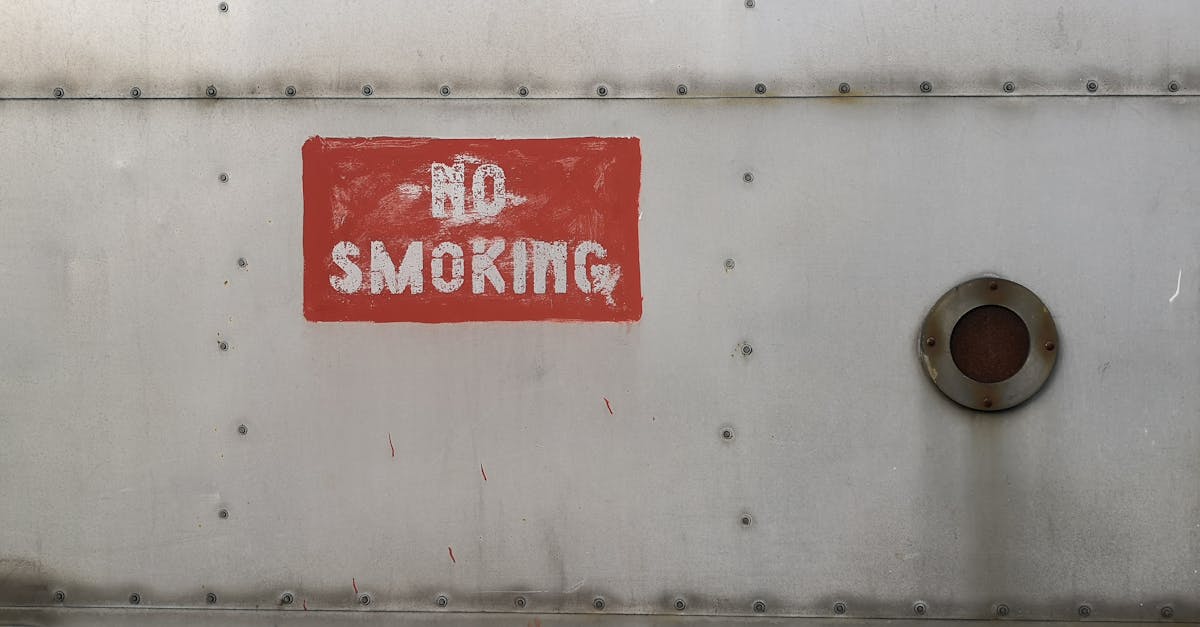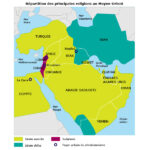distress beacons are a crucial element in ensuring safety at sea during emergency situations. Designed to emit an alert signal, they allow rescue teams to quickly locate people in distress. Whether it’s shipwrecks, incidents following storms, or disappearances at sea, their role is essential in the rescue process. These devices not only guarantee a rapid response but also improve the survival chances of victims facing adverse conditions.
Table des matières
ToggleImportance of the distress beacon in emergency situations
In the maritime field, the safety of people at sea is paramount. Distress beacons play a fundamental role in quickly alerting rescue services in case of emergency. These devices are specially designed to send an alert signal in critical situations, whether it is a shipwreck, extreme weather conditions, or a person overboard.
Distress beacons are available in various forms, among which EPIRBs (Emergency Position Indicating Radio Beacons) are the most common. These safety tools are essential for navigating with confidence, as they provide an immediate response in case of need. When a beacon emits a distress signal, it is received by global systems like Cospas-Sarsat, which coordinate search and rescue efforts on an international scale.
The need for a distress beacon is heightened by the increased risks associated with nautical activities. With the rise in maritime incidents, it becomes imperative to equip oneself with tools that can alert rescue services in an instant. Accidents, mechanical failures, or navigational losses can occur at any moment, and a distress beacon represents a quick and effective means to aid any rescue attempts.
At sea, time can be a decisive factor in the success of a rescue. The alert issued by a distress beacon allows rescue teams to quickly locate the source of the signal. Every second counts, and a rapid intervention can often make the difference between life and death. Modern beacons are equipped with integrated GPS, allowing for precise location of people in distress, thereby making rescue operations even more effective.
It is also important to note that the use of distress beacons may be regulated. In certain maritime areas, having a beacon on board can be a legal requirement. This ensures not only the safety of individuals but also contributes to overall safety at sea. Boaters and professionals must comply with these regulations to ensure safe navigation.
Technologically, innovation continues to evolve in terms of distress beacons. New models include advanced features, such as transmitting AIS (Automatic Identification System) signals, which allow for communicating positional information to nearby vessels. This significantly enhances rescue capabilities, informing not only the competent authorities but also other sailors present in the vicinity.
It follows that the distress beacon is not only an indispensable safety tool but also a true alert system at sea. It ensures the protection of human lives and supports rescue operations worldwide. By integrating this device into your equipment, you commit to navigating responsibly and contributing to collective safety.
For worry-free navigation, it is essential to equip oneself with a distress beacon and to be informed about its functioning and usage. The choice of a beacon should be made based on the specifics of your maritime activity, as each type of beacon has its own features and usage conditions. Understanding these aspects can significantly improve survival chances in an emergency situation.
For more information on safety equipment at sea, you can refer to the resources available at the following address: What is the essential navigation equipment for exploring the seas?.

FAQ on the Importance of the Distress Beacon in Emergency Situations
Q: What is the main function of a distress beacon?
A: The distress beacon serves to immediately alert rescue services in case of emergency, thus allowing for a prompt intervention.
Q: Why is a distress beacon indispensable at sea?
A: At sea, emergency situations can arise quickly, such as shipwrecks or unexpected storms. A distress beacon allows for signaling these incidents and facilitating rescue operations.
Q: What are the different types of distress beacons?
A: There are several types, including EPIRB beacons for boats and PLB beacons that can be used by individuals in distress.
Q: How does a distress beacon work?
A: When activated, the beacon emits a distress signal that is detected by satellites or coastal stations, allowing for quick location of people in danger.
Q: Can a distress beacon be used in all situations?
A: Yes, a distress beacon is designed to function in varied conditions, ensuring its effectiveness even in extreme environments.
Q: Is it mandatory to have a distress beacon on board a boat?
A: In many countries, having a distress beacon on board is indispensable and may be required by law to ensure the safety of passengers at sea.

























